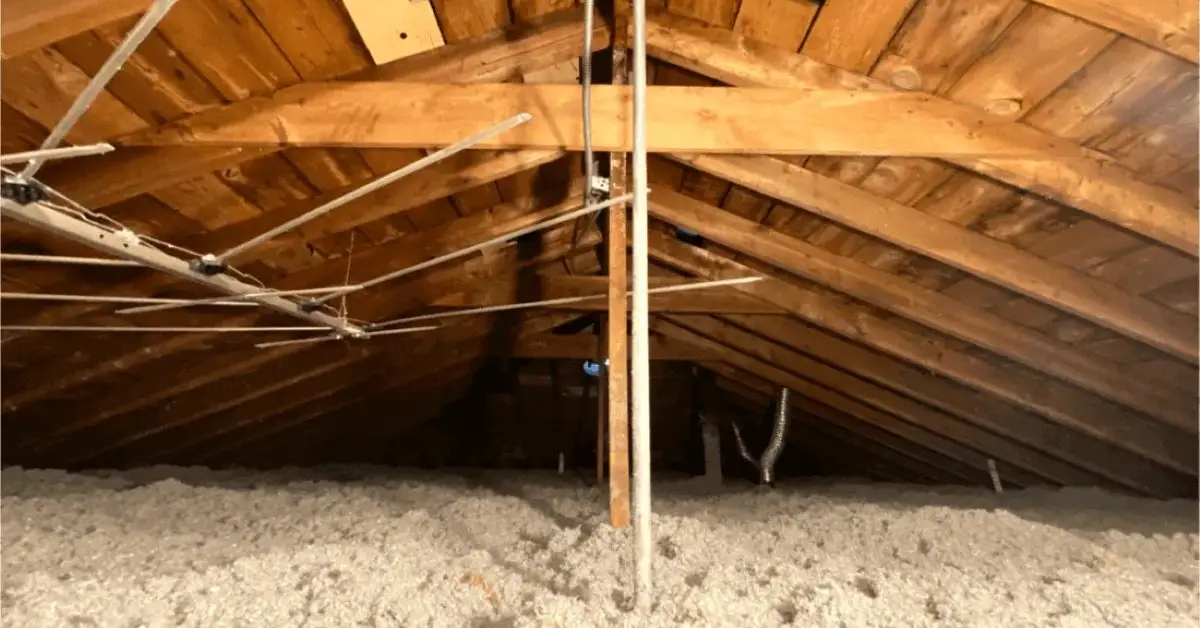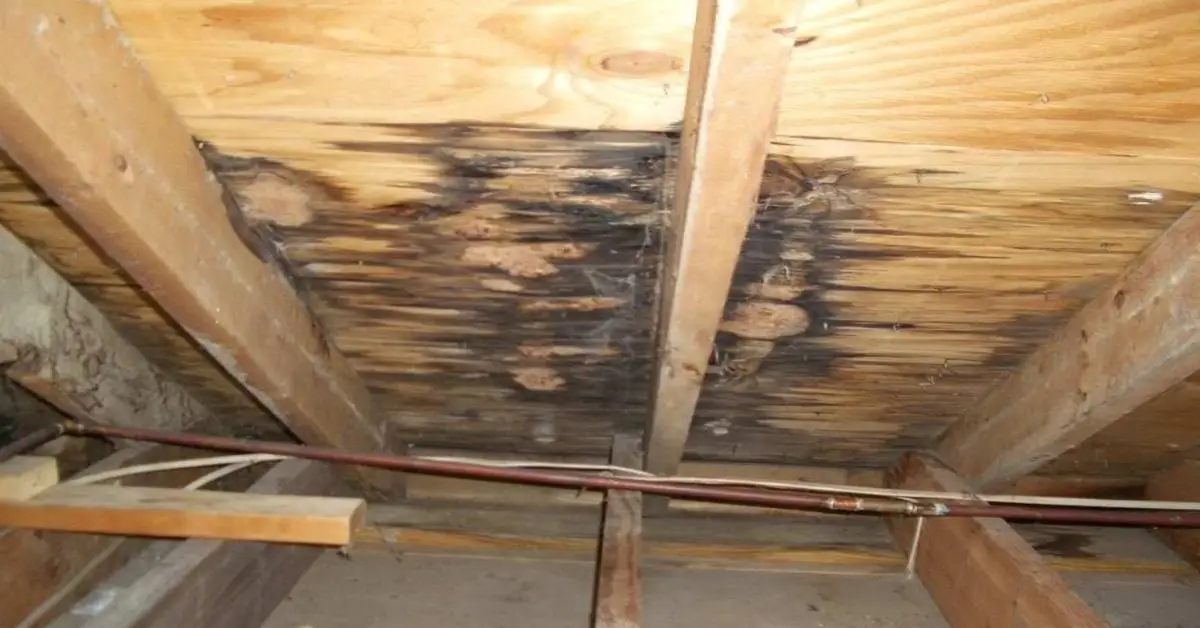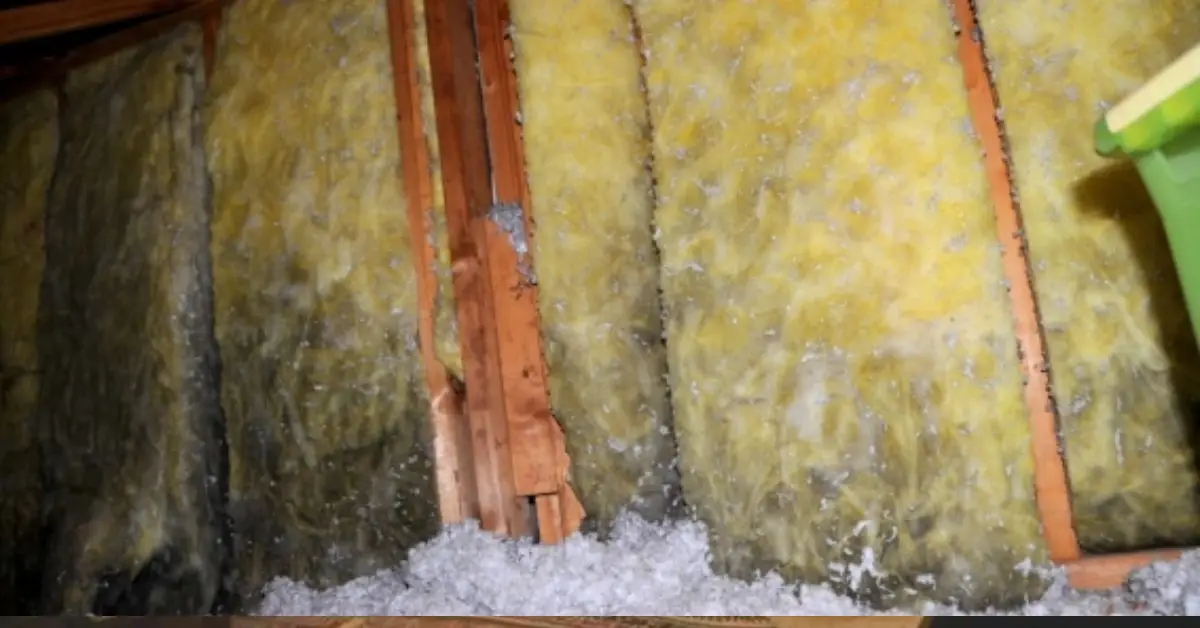5 Clear Signs Your Attic Needs Restoration Before It’s Costing You More
I didn’t think much about my attic either—until my energy bills shot up out of nowhere.
If your home suddenly feels drafty, your AC is running nonstop, or your heating bill makes zero sense, there’s a good chance the problem is right above your head. Literally.
The attic is one of the most overlooked areas when it comes to home health and energy efficiency. But when insulation breaks down, moisture sneaks in, or animals move in uninvited, it doesn’t just sit quietly—it drains your comfort and your wallet.
In this article, I’ll walk you through five clear signs your attic needs restoration—and how catching them early could save you hundreds (if not thousands) over time.
Let’s get into it—because this is one of those things that only gets worse the longer you ignore it.
1. Your Energy Bills Are Creeping Up for No Clear Reason
If your heating or cooling costs have slowly climbed over the last few months — but nothing else has changed — your attic could be the silent culprit.
Here’s the thing: up to 45% of your home’s energy loss can happen through the attic. That’s not just talk — Energy Solutions of America reports that nearly half of a home’s energy can escape through the attic when insulation isn’t doing its job. When your insulation is old, damaged, or compressed, your HVAC system has to work overtime just to keep your home comfortable.
You might notice:
- Higher bills, even in milder weather
- Rooms that never quite reach the right temperature
- Your HVAC running more often than usual
Most people blame the weather or rising energy prices, but often the real problem is hidden right above your ceiling.
Don’t ignore this sign. If your bills are climbing for no clear reason, it’s time to inspect your attic before it drains more from your wallet.
2. You Feel Drafts or Notice Temperature Swings Inside Your Home
Have you ever felt a sudden chill or hot spot inside your house, even though your thermostat is set just right? That’s a classic sign your attic needs restoration.

Air leaks in the attic can cause cold drafts in winter and overheating in summer. When insulation is missing or damaged, outside air sneaks in through gaps, making some rooms feel uncomfortable no matter how much you adjust the thermostat.
A report by ENERGY STAR shows that air sealing and insulation can reduce heating and cooling costs by about 15%. Imagine how much money you’re losing if your attic is letting air escape unchecked.
Common clues you might notice include:
- Cold drafts near ceiling vents or attic access points
- Hot or cold rooms that don’t match the rest of the house
- Your HVAC struggling to maintain a consistent temperature
If you’re dealing with uneven temperatures or strange drafts, don’t brush it off. These are your attic’s way of telling you it’s time for restoration.
3. You See Visible Signs of Damage or Moisture in Your Attic
Sometimes, the signs your attic needs restoration aren’t just felt — they’re visible.

If you spot water stains, mold patches, or warped wood up there, it’s a red flag that moisture is getting in. Moisture can ruin insulation, cause wood rot, and even lead to serious structural damage over time.
According to Canadian Home Trends, moisture problems are a common reason homeowners need attic restoration. Ignoring them won’t make the problem disappear — it will only get worse and cost more to fix later.
Look out for:
- Dark stains or mold on rafters or ceiling boards
- A musty or damp smell when you open the attic door
- Warping or sagging areas in the attic floor or ceiling
If you notice any of these, it’s not just an attic issue — it’s a warning sign your home’s health is at risk. Acting quickly can save you from expensive repairs down the line.
4. You Hear Unusual Noises or Notice Pest Activity in Your Attic
Strange sounds coming from above your head aren’t just creepy—they can be a clear sign your attic needs restoration.
Rodents, squirrels, or birds often find their way into damaged or poorly sealed attics. Their activity can tear up insulation, create holes for drafts, and introduce moisture problems.
Plus, pests can cause electrical wiring damage, which is a serious fire risk.
Homeowners on Reddit’s r/homeowners often share stories about how unexpected pest problems led them to discover attic damage they hadn’t noticed before.
Listen for:
- Scratching or scampering noises, especially at night
- Small droppings or nests in the attic space
- Insulation that looks disturbed or shredded
If your attic feels like a wildlife sanctuary, it’s time to act. It’s also a great time to declutter your attic to prevent future infestations and create a cleaner, healthier space. Check out our guide on 7 genius ways to declutter your attic this summer without losing your mind for easy tips. Restoring and sealing your attic will protect your home and energy bills from further damage.
5. Your Attic Insulation Looks Old, Compressed, or Missing
When was the last time you actually checked your attic insulation? If it’s been years (or never), it’s worth taking a look.

Insulation that’s old, compressed, or unevenly spread simply won’t keep your home comfortable or energy-efficient. Over time, insulation settles, gets damaged by moisture or pests, and loses its effectiveness.
The U.S. Department of Energy recommends inspecting attic insulation regularly because proper insulation can significantly reduce heating and cooling costs.
Signs your insulation needs restoration include:
- Insulation looks flattened or patchy
- You see daylight coming through cracks or gaps in the attic floor
- The insulation is damp or has debris mixed in
If your insulation isn’t up to par, your HVAC system works harder, and your energy bills reflect that. Restoring your attic insulation is one of the smartest investments you can make to improve comfort and save money.
Why Early Restoration Pays Off
You might be thinking, “Can’t I just wait a little longer?” I get it — restoration sounds like a hassle and an expense. But honestly, early restoration is one of the smartest moves you can make for your home and wallet.
When you fix your attic problems early, you stop energy waste right at the source. According to the U.S. Department of Energy, upgrading your insulation and sealing leaks can cut your heating and cooling bills by around 20%. Imagine saving that much every month without changing your thermostat!
Plus, early restoration prevents serious damage like mold growth and wood rot, which can lead to thousands of dollars in repairs later. It also keeps your home comfortable year-round and helps maintain or even boost its resale value.
And let’s not forget the planet — less wasted energy means a smaller carbon footprint. So you’re helping your wallet and the environment at the same time.
What Restoration Involves: Step by Step
Wondering what actually happens during attic restoration? Let me break it down for you.
First, the old or contaminated insulation gets removed. This is important because damaged insulation won’t protect your home or keep energy bills down. Next comes decontamination and sealing — sealing those sneaky cracks and leaks that let air slip through.
Then, new insulation goes in. Depending on your attic and climate, this could be fiberglass, cellulose, or spray foam. Sometimes, professionals also add a radiant barrier or upgrade attic ventilation to boost efficiency even more.
One thing to remember: air sealing combined with quality insulation is the winning combo. It stops drafts, traps heat in winter, and keeps hot air out during summer.
When to Call a Pro vs. DIY
Not all attic problems require a pro, but some definitely do.
If you’re dealing with small drafts or minor air sealing, you can try some simple DIY fixes — they’re budget-friendly and fairly straightforward. However, if you see mold, signs of pests, asbestos, or structural damage, don’t risk it. These need professional attention to keep you and your home safe.
Older homes especially can hide hazardous materials like asbestos in insulation or wiring. If you suspect this, always hire certified experts.
Bonus Tips & Tools: Inspect Before It’s Too Late
Before you call a pro or even start a DIY job, it helps to do a quick inspection yourself. Here’s a simple checklist to get you started:
- Look for daylight coming through cracks in the attic floor.
- Check for drafts near vents and access points.
- Smell for mustiness or damp odors.
- Listen for unusual noises like scratching or scampering. While inspecting your attic, you might find clutter or items you no longer need — these simple steps can help. For some fresh and effective ideas, explore 7 unusual decluttering tips inspired by Reddit that will change your space.
Handy tools that can make this easier include an infrared thermometer (to spot cold or hot spots), a smoke pen (to detect air leaks), and a moisture meter (to check for dampness).
Final Thought: Don’t Let Your Attic Drain Your Wallet
If you’ve recognized any of the signs we talked about, don’t wait. Your attic is quietly draining your energy and money every day.
Taking action now can mean lower energy bills, better home comfort, and avoiding costly repairs later. Besides restoring your attic, keeping your entire home organized can boost energy efficiency and comfort. Learn quick and practical ways to tidy up with our article on decluttering your home fast: 6 easy room-by-room hacks that work. Plus, you’ll feel good knowing you’re protecting your investment and the environment.
So, have you checked your attic lately? What signs have you noticed? Drop your experiences or questions below — let’s get this conversation started.
And if you found this helpful, share it with friends who might be unknowingly burning cash through their attics!
For more expert tips and trusted attic restoration advice, visit Build Like New — your go-to resource for making your home energy-efficient and comfortable.
Disclaimer: The information provided in this article is for general informational purposes only and does not replace professional advice. For specific concerns about your attic or home energy efficiency, please consult a qualified contractor or specialist. Build Like New is not responsible for any damages or losses resulting from actions taken based on this content.


